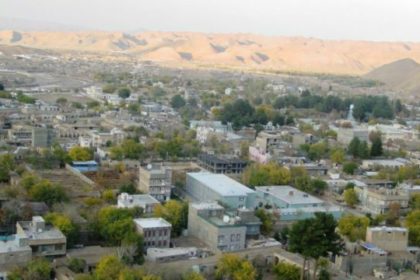RASC News Agency: A source from within Afghanistan’s state-run television, now under Taliban control, has revealed that the group is moving forward with plans to install radio transmitters in nine provinces across the country, in a bid to amplify its propaganda machinery. The initiative, reportedly ordered by Taliban supreme leader Hibatullah Akhundzada, is aimed at saturating the airwaves with ideological messaging and suppressing dissent.
Speaking on condition of anonymity, the insider emphasized that the primary objective of this operation is to disseminate Taliban narratives, promote the enforcement of their harsh penal codes including flogging and executions and to intimidate or discredit those who oppose or criticize the regime. According to the source, the campaign has already begun in Spin Boldak, a district in Kandahar province, and will gradually expand to other regions. The task of overseeing and implementing the project has been entrusted to Yousuf Ahmadi, the Taliban-appointed head of the state-controlled Radio Television Afghanistan (RTA).
The group reportedly plans to use a combination of existing radio and television infrastructure now under their control, along with radio equipment abandoned by NATO forces during their withdrawal from Afghanistan. This initiative follows over three years of aggressive media censorship, during which the Taliban have imposed severe restrictions on journalistic freedoms and dismantled independent press institutions. These newly installed radio transmitters are expected to serve not the public interest, but rather the Taliban’s agenda broadcasting state propaganda, silencing opposition, and undermining access to unbiased information. The group has already implemented widespread media bans, shut down dissenting outlets, and created a climate of fear for journalists operating in the country.
The Taliban’s systematic control over Afghanistan’s media landscape has drastically eroded freedom of expression and reduced public access to reliable information. Observers warn that the deployment of these transmitters is another step in institutionalizing censorship and entrenching ideological dominance under the guise of state broadcasting. As international concern grows over the collapse of press freedoms in Afghanistan, the expansion of Taliban propaganda channels raises critical questions about the future of independent media and the fate of civic space under an increasingly repressive regime.






